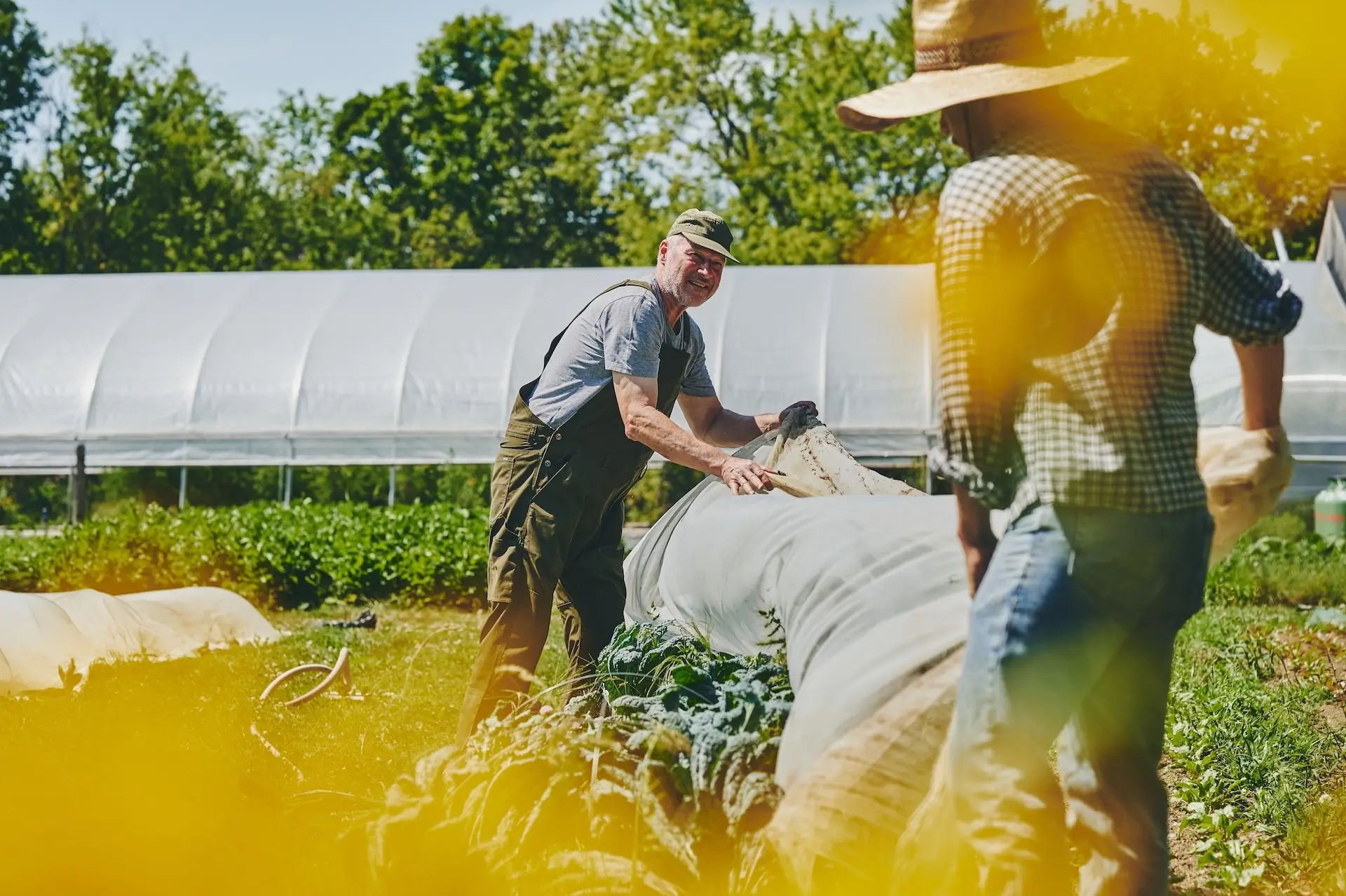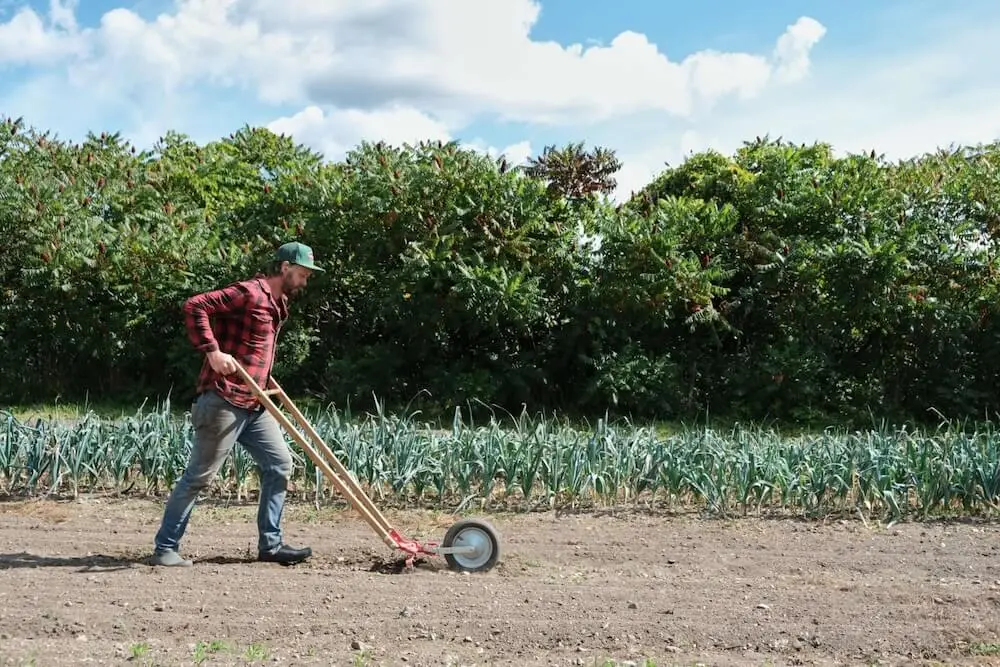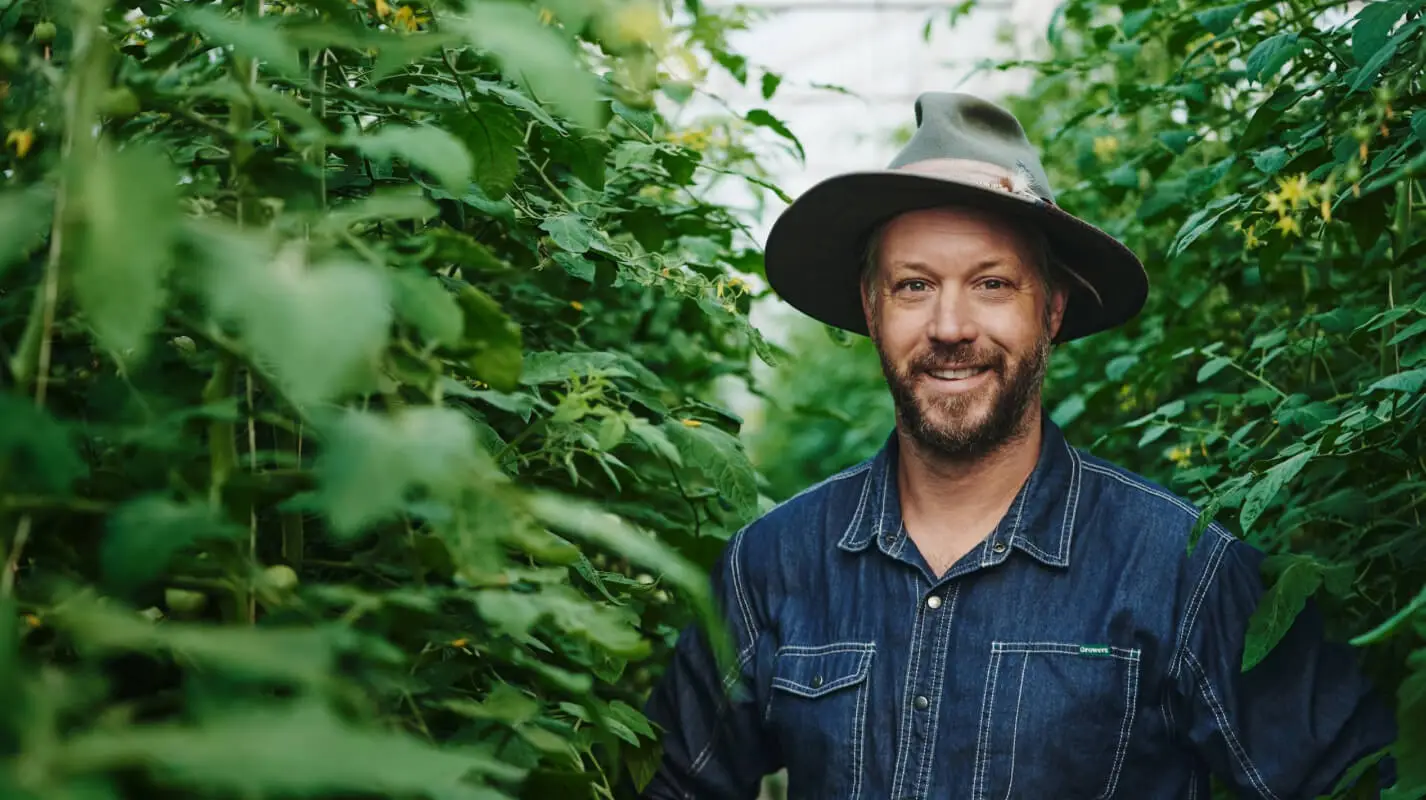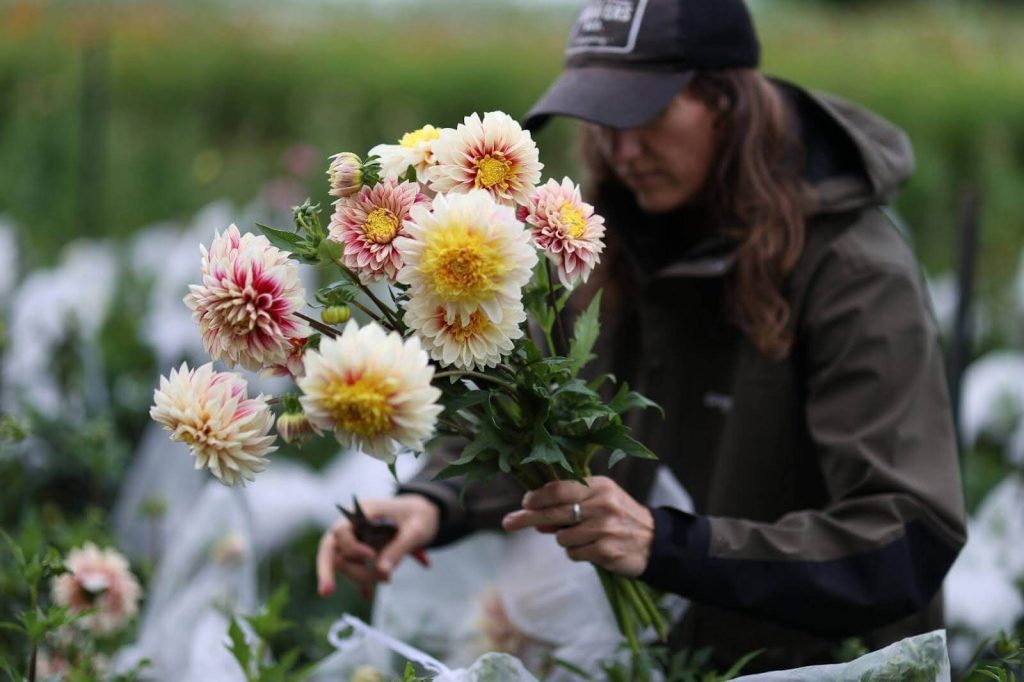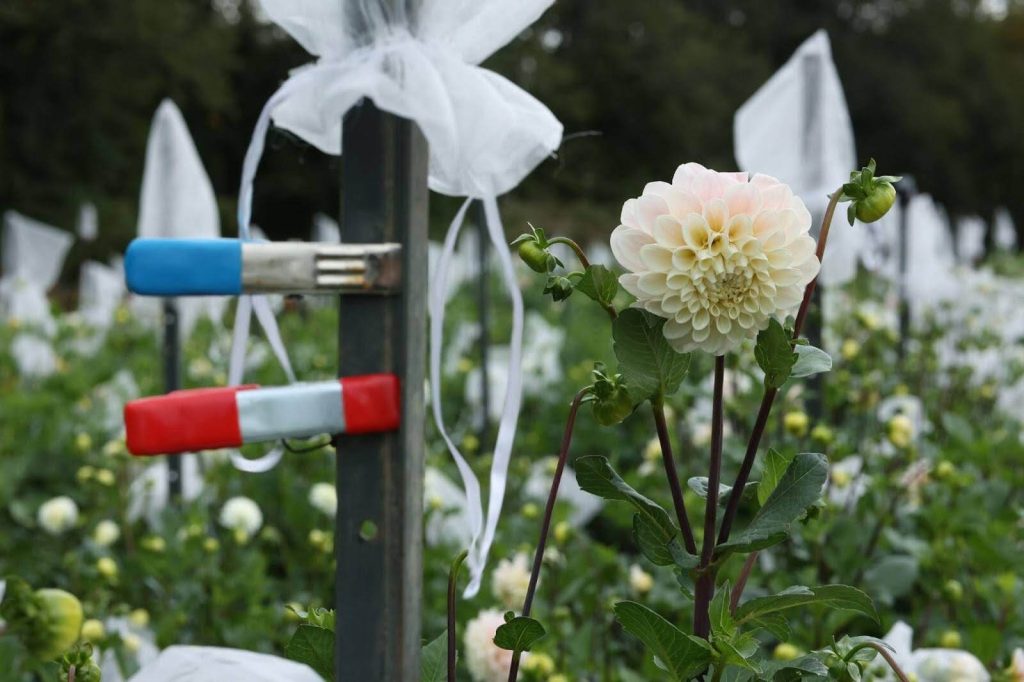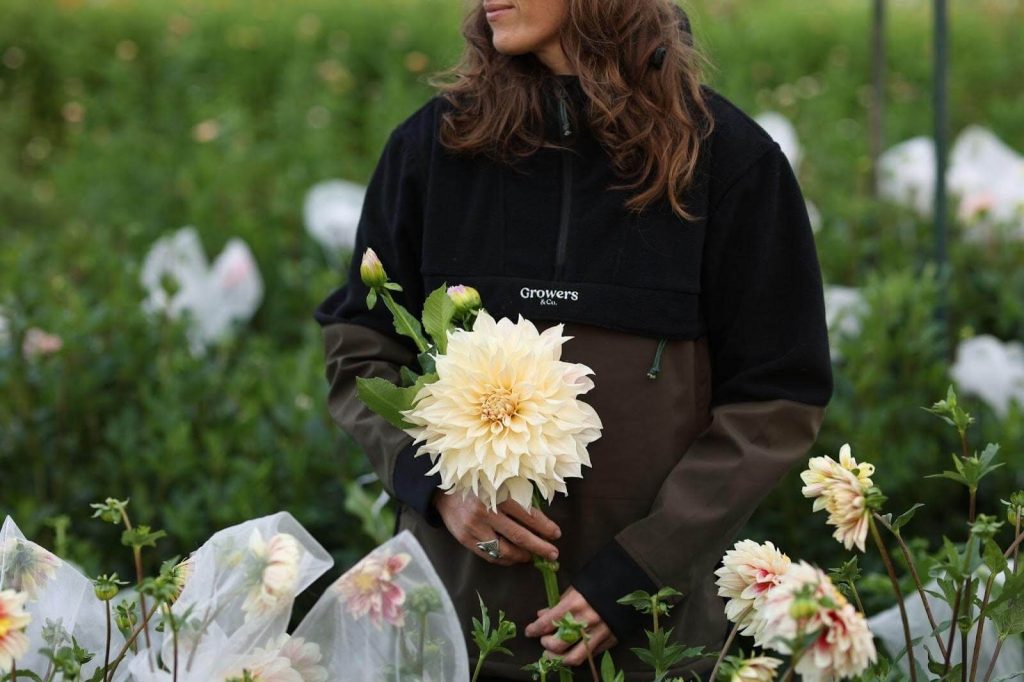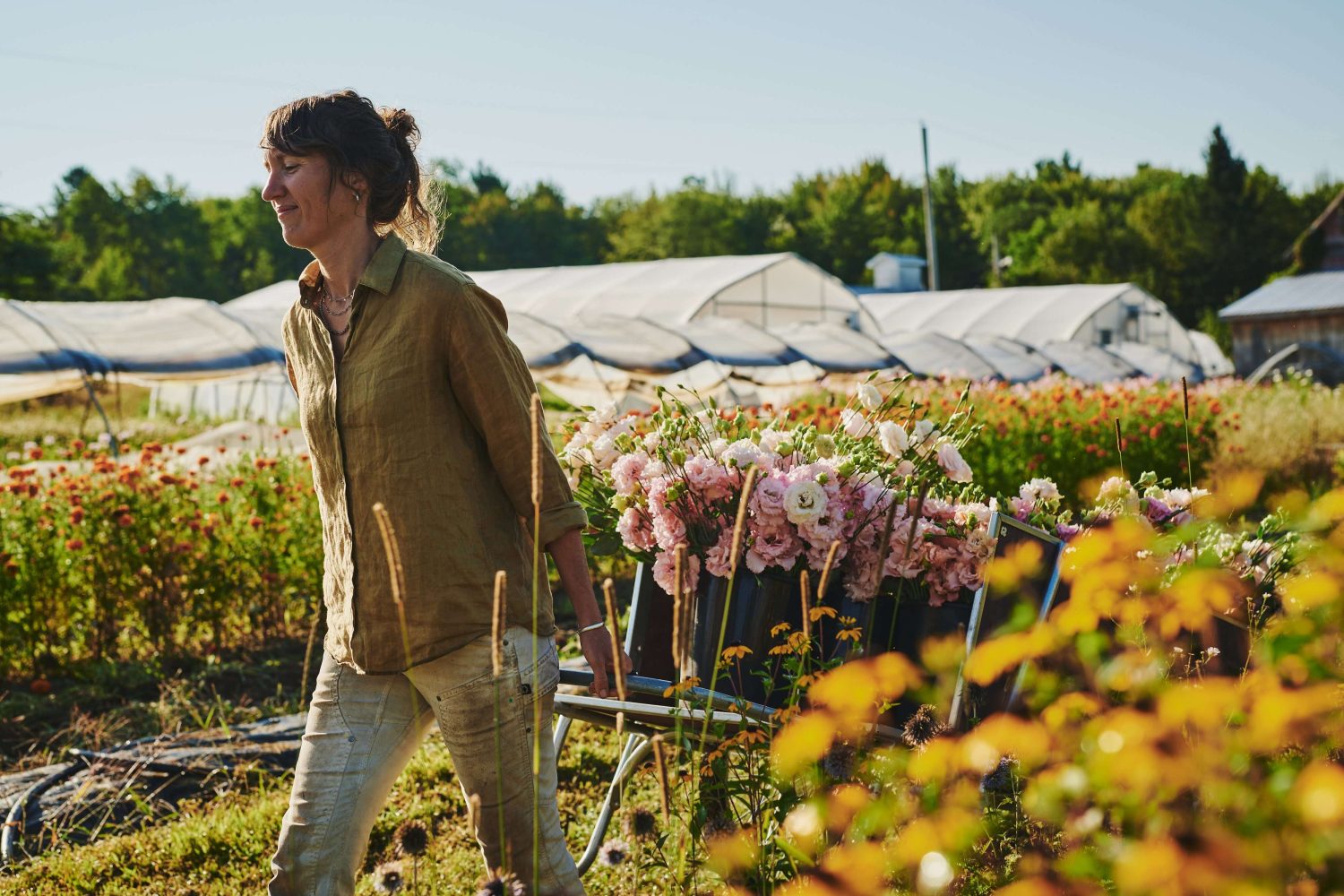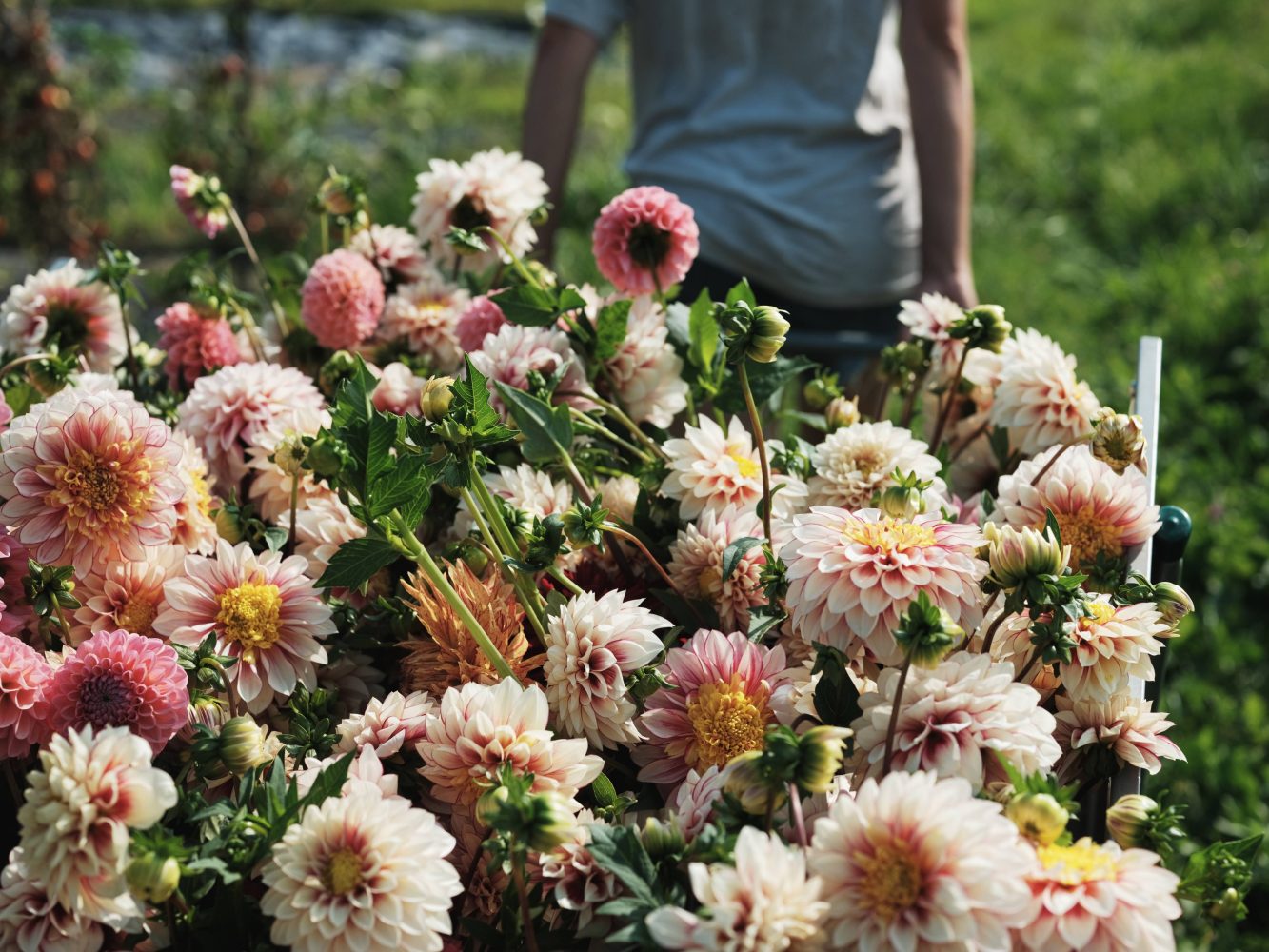Dahlias are true showstoppers, bringing a burst of blooms with irresistible shapes and textures from late summer until the first frost. Native to Mexico, these tender, tuberous perennials belong to the Asteraceae family and boast over 57,000 registered varieties to date. However, not all dahlias are equally productive—selecting the most prolific dahlia varieties ensures an abundant harvest and continuous blooms for your flower farm. Another surprising fact: dahlias are edible! Their petals can be used as culinary decorations, and some tubers have a taste similar to artichoke or celeriac. However, it is essential to avoid consuming flowers that are not sourced from a local, organic farm, as they may contain harmful chemicals.
While dahlias are undoubtedly a stunning and productive choice for cut flower farms, profitability is influenced by many factors, from market demand to regional growing conditions. If you’re interested in understanding how to identify the other profitable flowers for your business, check out our in-depth guide on the most profitable flowers to grow and sell. This resource will help you make informed decisions about flower selection and maximize your farm’s success.
Over the years, we have grown numerous dahlia varieties, but not all of them have proven to be good choices for cut flower production.
Here are the key criteria for selecting the best varieties for floriculture.
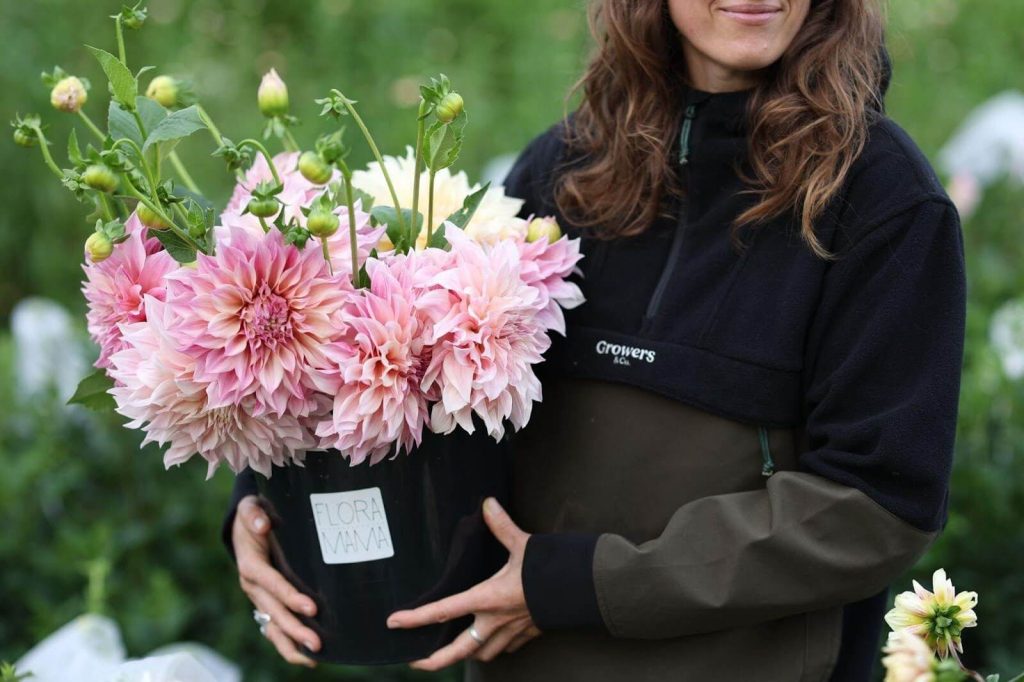
Dahlia categories
First, it’s important to understand that dahlias come in various types based on flower shape:
- Dinnerplate Dahlias – Large and majestic, with broad, flattened petals that create a spectacular effect.
- Cactus and Semi-Cactus Dahlias – Spiky, curled petals that give a light and frilly appearance.
- Pompon and Ball Dahlias – Rounded flowers with mesmerizing fractal-like petals, the best choice for vase life.
- Collarette Dahlias – A central core surrounded by a single row of smaller petals.
- Anemone Dahlias – A raised, textured center framed by flat petals.
- Single Dahlias – A simple, open flower that attracts pollinators.
How to Identify the Most Prolific Dahlia Varieties?
A prolific dahlia is, above all, a plant that blooms abundantly and consistently, with strong stems and a high capacity for regrowth after each cut. Here are the main factors to look for when choosing the most abundant dahlia varieties:
- Healthy tubers
A strong start is the key to success! Firm, well-formed, disease-free tubers ensure vigorous growth and generous flowering. - Number of blooms
Some varieties are true blooming champions, producing dozens of flowers continuously. The more secondary stems a plant develops, the more flowers it will provide. - Stem strength
Abundant blooms also require sturdy stems! A good prolific dahlia must be able to support its flowers without bending at the first wind. - Longevity and regeneration
The best dahlias start flowering early and continue until the first frost. Some varieties regenerate better than others after being cut, ensuring a steady flow of new blooms.
Tubers and multiplication
Tubers multiplication
Each year, dahlia tubers have the ability to multiply, creating new roots that can be separated and replanted. This multiplication process is influenced by environmental factors such as soil quality, sun exposure, and watering. However, variety also plays a major role. Some dahlias naturally produce more tubers than others, but fewer tubers don’t necessarily mean the plant will be less vigorous or less floriferous.
Tubers size and plant growth
It’s surprising to learn that tuber size is not necessarily an indicator of plant size. A dahlia with small tubers can produce a plant just as strong and prolific as one with larger tubers. Growth and flowering depend primarily on genetics—some varieties are simply programmed to grow faster and produce more blooms, regardless of tuber size. Conversely, a larger tuber does not always guarantee a bigger or more floriferous plant.
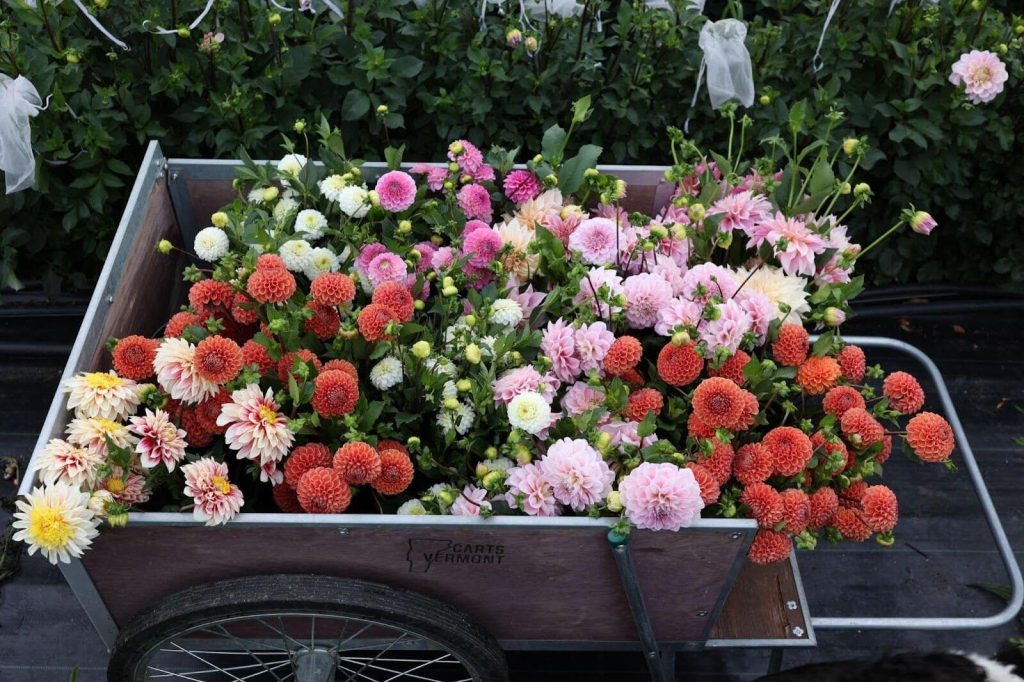
Maximize Your Production With The Most Abundant Dahlia Varieties
- Pinching young plants
Pinching is one of the simplest and most effective ways of boosting flowering. By cutting out the center stem when it reaches a height of about 12 inches, the plant is encouraged to branch, which leads to more flower stems and, ultimately, more flowers. This counterintuitive but essential step ensures a bushier plant with more flower production. - Constant, controlled watering
Dahlias love water, but watering needs to be correctly done. Too much water will lead to tuber rot, which should be avoided at all costs. The secret to healthy dahlias is well-draining soil that will not permit water to accumulate but will allow roots to breathe. - Balanced fertilization
Fertilize using a potassium and phosphorus-based fertilizer. These elements encourage flowering and strengthen the plant. Excess nitrogen promotes the growth of leaves at the expense of flowers. Proper balanced feeding encourages dahlias to flower abundantly while being in good health. - Harvesting at the right stage
The optimal harvest stage is crucial for ensuring maximum vase life. Generally, dahlias should be cut when the flower is nearly fully open but the center is still compact. - Regular harvesting
Harvesting stimulates more blooms. In other words, the more you cut, the more the plant flowers. Dahlias should be harvested every two days to catch flowers at the ideal stage and encourage continued blooming. Cutting long stems (about the length of a forearm, including the hand) promotes longer regrowth. The deeper the cut, the longer the future stems will be. - Deadheading
A small but impactful task: removing dead blooms. By cutting off faded flowers, the plant is encouraged to produce more, as it cannot complete its reproductive cycle by setting seeds. Don’t hesitate to cut a standard forearm length to promote long basal branching! - Winter protection
In areas where winters are cold, tubers need to be dug up, separated, and placed in a dry, cool location, away from freezing weather to be properly stored for the winter. This can be done after either more than 120 days in the field or after the first frost. It allows them to be replanted next spring for another season of healthy, vivid flowers.
Some of the best dahlia varieties for floriculture
Among the countless varieties available, some stand out as reliable, easy-to-grow, and incredibly prolific choices.
Here are my favorite & most prolific dahlia varieties:
- ‘Cornel Bronze’ – A copper-hued version of the famous ‘Cornel,’ bringing warm tones and abundant production. An early bloomer.
- ‘Café au Lait’ – A classic with large blush-colored blooms, arguably the most popular dahlia on Instagram!
- ‘Ice Cube’ – A slightly darker variation of ‘Café au Lait.’
- ‘Brown Sugar’ – With warm hues between brick red and copper, this variety adds a beautiful autumnal touch and blooms tirelessly.
- ‘Linda’s Baby’ – A delicate peachy-pink beauty, compact but incredibly generous in flowers.
- ‘Platinum Blonde’ – A rare gem featuring a fluffy golden-yellow center surrounded by a single row of pure white petals.
- ‘Caro’ – A white dahlia that produces an abundance of flowers with strong stems and a balanced shape.
- ‘Sweet Nathalie’ – Elegant and romantic, this soft pink dahlia is a favorite for its continuous blooms and perfect shades.
- ‘Nathalie G’ – A variety with soft peach and salmon hues, highly prolific.
- ‘Pink Pearl’ – A pompon dahlia with a pale pink shade that fades into lavender at the center.
- ‘Golden Scepter’ – A honey-yellow dahlia that keeps blooming until autumn.
- ‘Maarn’ – A perfectly warm-toned orange variety, ideal for autumn arrangements.
- ‘Petra’s Wedding’ – A pure white dahlia highly prized for weddings, with well-formed, long-lasting blooms.
- ‘Polka’ – A charming vintage blend of burgundy, cream, and golden yellow.
- ‘Terracotta’ – An ultra-prolific dahlia with beautiful earthy, terracotta tones.
If you’d like to deepen your understanding of different flower categories and perfect your cut flower growing techniques, our online course The Flower Farm is an invaluable asset. Whether you’re a beginner or a seasoned grower, this course will provide you with the knowledge and tools you need to successfully start a flower farm and grow a wide variety of flowers, ensuring abundant harvests!


